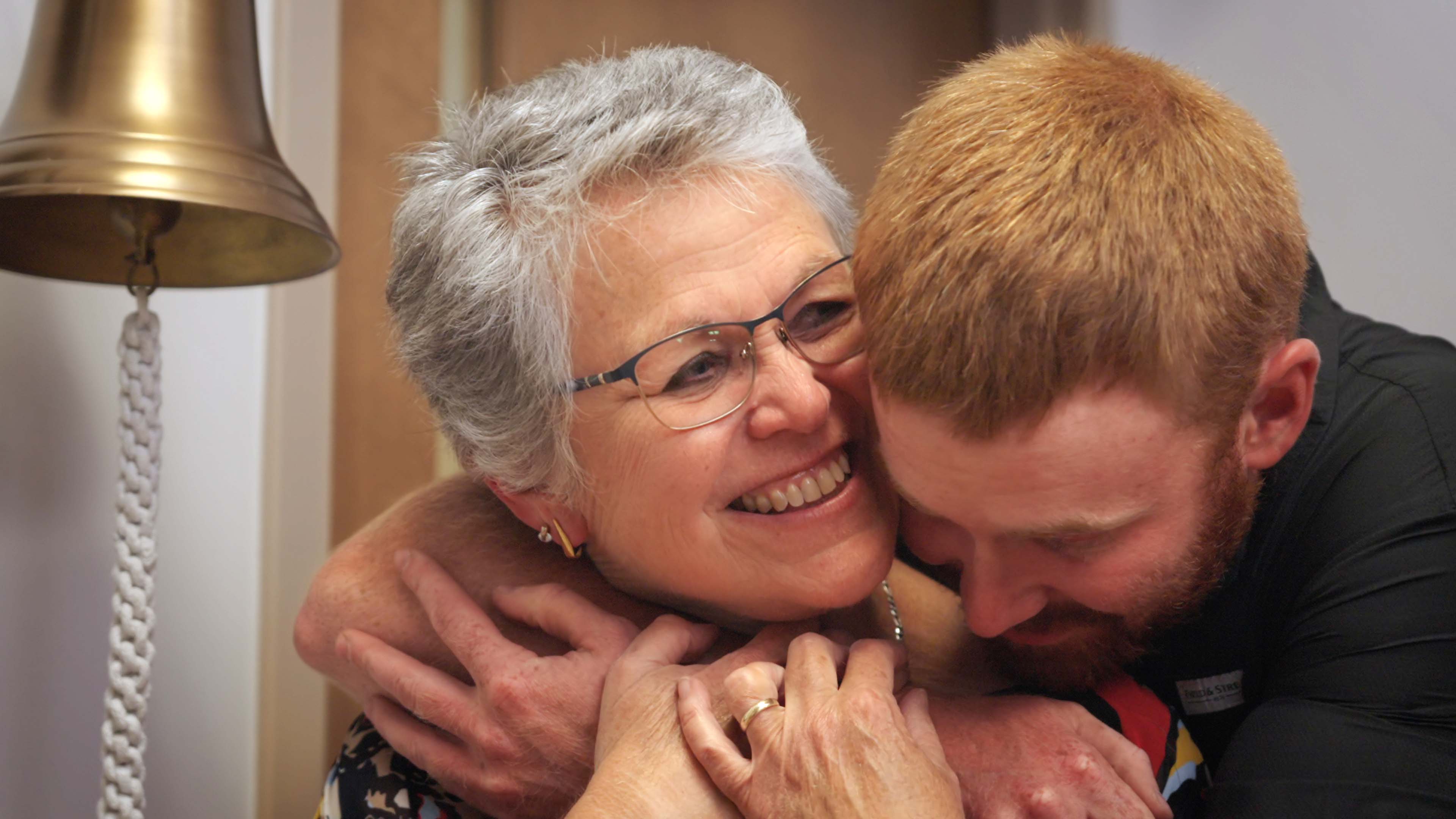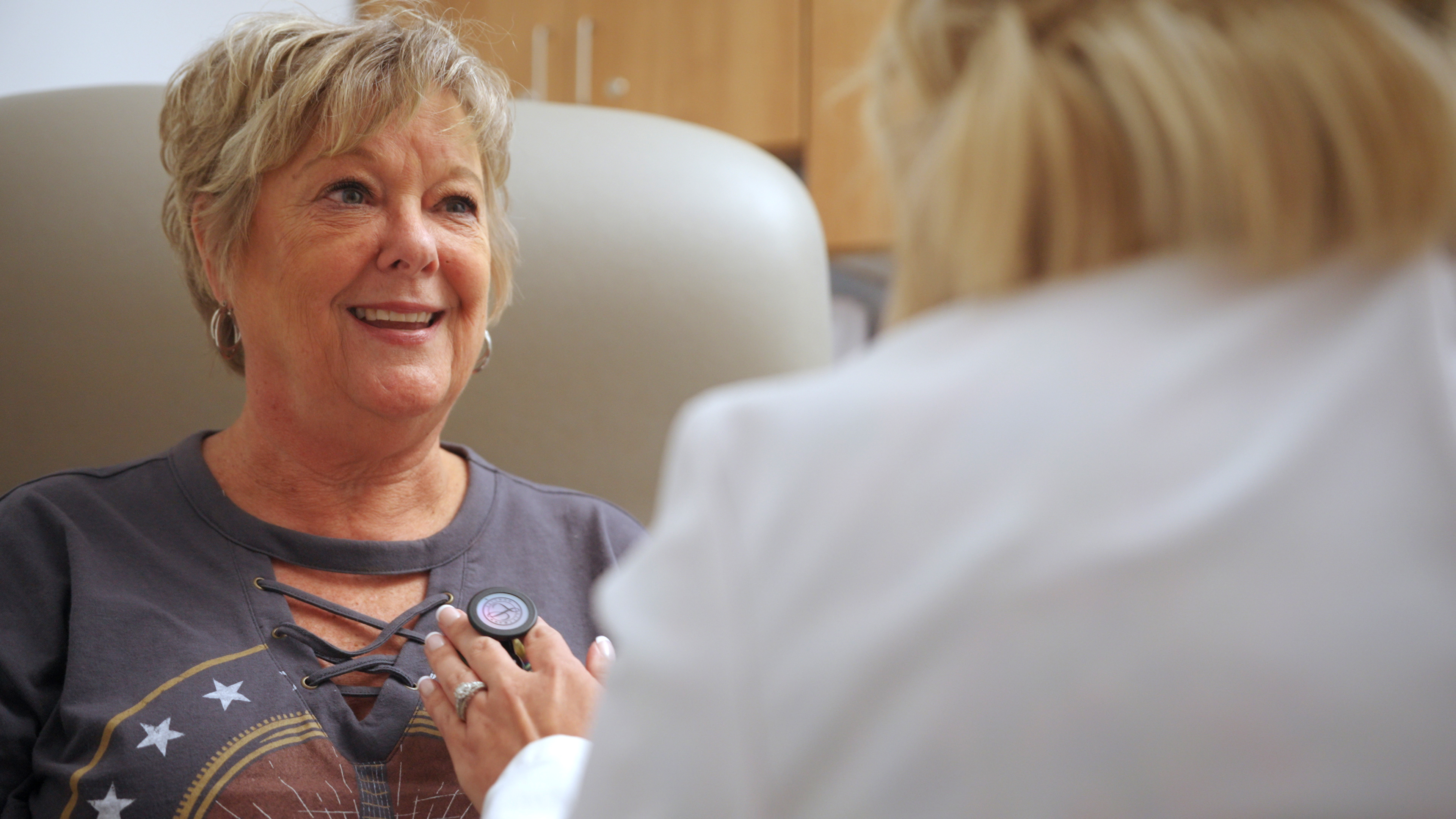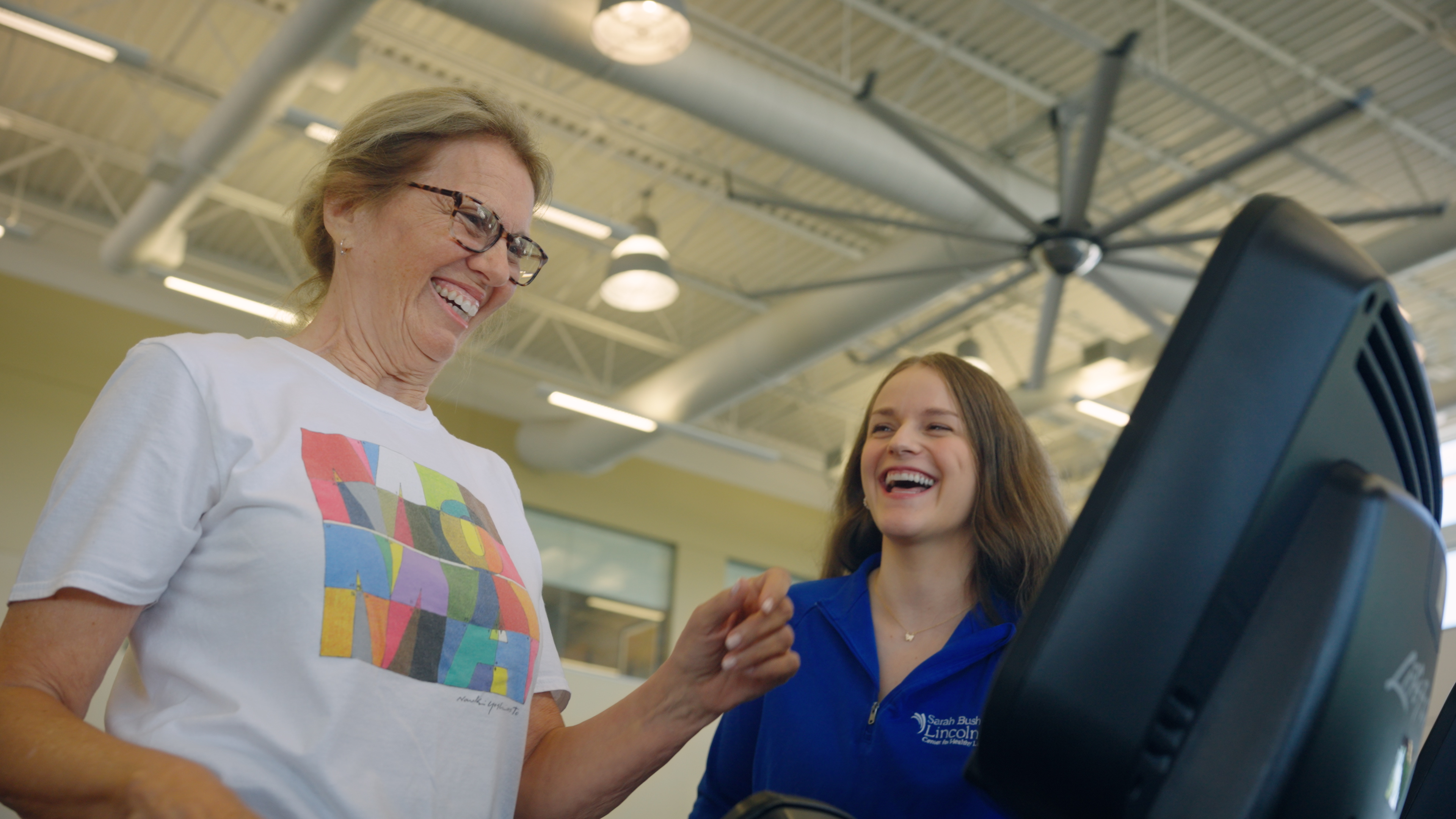Kyphosis
A normal spine, when viewed from behind appears straight. However, a spine affected by kyphosis has a forward curvature of the back bones (vertebrae) in the upper back area, giving an abnormally rounded or “humpback” appearance. This is sometimes known as roundback or a dowager’s hump.
Kyphosis is a curvature of the spine measuring 50 degrees or greater on an X-ray. The normal spine can bend from 20 to 45 degrees of curvature in the upper back area. Kyphosis is a type of spinal deformity.
What causes kyphosis?
A child can be born with kyphosis (congenital) or it can be caused by the following conditions:
- Metabolic problems
- Neuromuscular conditions
- Brittle bone disease (osteogenesis imperfecta). A condition that causes bones to fracture with minimal force.
- Spina bifida. A neural tube defect.
- Scheuermann disease. A condition that causes the vertebrae to curve forward in the upper back area. The cause of Scheuermann disease is unknown and is commonly seen in males.
- Postural kyphosis. The most common type of kyphosis. It generally becomes noticeable in adolescence and can be associated with slouching versus a spinal abnormality. Exercise is used to help correct posture.
Kyphosis is more common in females than males.
For more information or to schedule an appointment, call:
- SBL Bonutti Clinic at 217 342-3400, or
- SBL Orthopedics & Sports Medicine at 217 238-3435
For more information on this topic, visit our Health Library.









